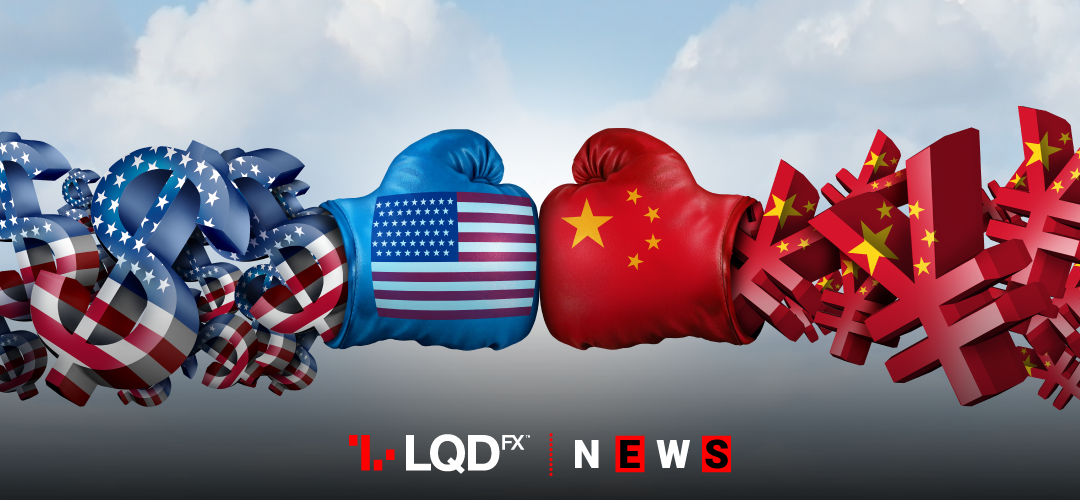Cancelling tariffs is an important condition for reaching a deal according to the Chinese commerce ministry comments on in-depth talks between USA-China.
The degree of tariff cancellation should fully reflect the importance of a ‘phase one’ agreement, ministry spokesman Gao Feng told.
On Tuesday, U.S. President Donald Trump said a trade deal with China was “close” but offered no details. He warned that he would raise tariffs “substantially” on Chinese goods without such a deal. Trump’s threat was a reference to previously announced tariffs of 15% on about $156 billion of Chinese consumer goods set to take effect on Dec. 15.
Those tariffs would hit video game consoles, computer monitors, Christmas decorations and items given as gifts during the approaching festive season. If an interim deal is finished and signed, it is widely expected to include a U.S. pledge to scrap tariffs scheduled for Dec. 15.
Trump has imposed tariffs on billions of dollars of Chinese goods to force major changes in China’s trade and industrial policies. China’s economic growth has further slowed since the trade war erupted last year, expanding at its weakest pace in almost three decades.
The U.S. economy is forecast to have expanded at an annualized pace of 1.9% in the July-Sept period, slightly down from 2.0% in the second quarter.
US has not yet confirmed that in-depth talks take place.
START TRADINGForex – In-depth talks on Phase 1 deal
The dollar recovered from earlier lows as weak economic data and trade deal concerns burnished its appeal as a safe haven. A dollar index measuring it against its rivals rose 0.05% to 98.424, just shy of a one-month high of 98.447 tested overnight.
Against the dollar, the yen edged up 0.1% to a nine-day high at 108.70 yen.
The Swiss franc, which has been especially strong this week, traded at 1.0880 per euro, just below Wednesday’s peak of 1.0879. It outpaced even the gains dented by the Yen on some bets that the SNB has stepped back from its currency interventionist approach. The Swiss franc rose 0.2% versus the greenback.
The Australian dollar was down more than a half percentage point to its lowest levels since mid-October at $0.6798 after the weak data. The Aussie was the only currency to buck the broader market trend.
The Sterling kept within its recent trading range, but this week could prove its second best so far this month. Expectations that the Conservative Party may win a majority in the Dec. 12 national election fuel investors’ optimism.
The pound was last neutral at $1.2854 and slightly higher versus the euro at 85.58 pence. The currency remained unmoved by weaker-than-expected British retail sales, which rose 3.1% year-on-year in October. Economists polled by Reuters were expecting a 3.7% increase.
Oil prices gained on Thursday after industry data showed a surprise drop in U.S. crude inventories. Brent futures rose 58 cents, or 0.93%, to $62.95 per barrel. WTI gained 43 cents, or 0.75%, to reach $57.55.
PLEASE NOTE The information above is not investment advice.
Sources: Reuters, Investing, CNN money
